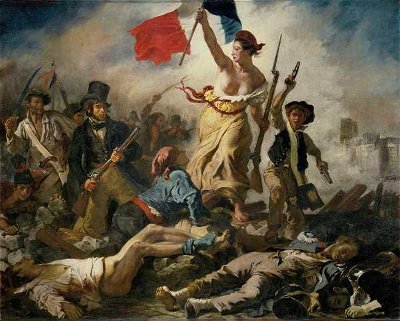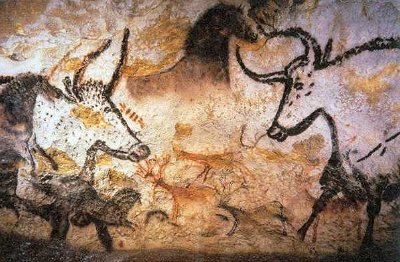 To celebrate my 200th quiz, let us drink a toast to the beautiful country of France. Amusez-vous bien!
To celebrate my 200th quiz, let us drink a toast to the beautiful country of France. Amusez-vous bien! Average, 10 Qns, LadyNym,
Oct 15 22
 To celebrate my 200th quiz, let us drink a toast to the beautiful country of France. Amusez-vous bien!
To celebrate my 200th quiz, let us drink a toast to the beautiful country of France. Amusez-vous bien!  Well, OK, fondues are Swiss, but the word 'fondue' is French, and so is 'fondant'! Both words come from the French word 'fondre', to melt; fondues have melted cheese, and fondant icing has melted sugar. Similarly, this 9 for 10 quiz has a French theme.
Well, OK, fondues are Swiss, but the word 'fondue' is French, and so is 'fondant'! Both words come from the French word 'fondre', to melt; fondues have melted cheese, and fondant icing has melted sugar. Similarly, this 9 for 10 quiz has a French theme. |
|
 Quick Question
Quick Question = Top 5% Rated Quiz,
= Top 5% Rated Quiz,
 Top 10% Rated Quiz,
Top 10% Rated Quiz,
 Top 20% Rated Quiz,
Top 20% Rated Quiz,
 A Well Rated Quiz
A Well Rated Quiz
· All questions, answers, and quiz content on this website is copyright FunTrivia, Inc and may not be reproduced without permission. Any images from TV shows and movies are copyright their studios, and are being used under "fair use" for commentary and education.